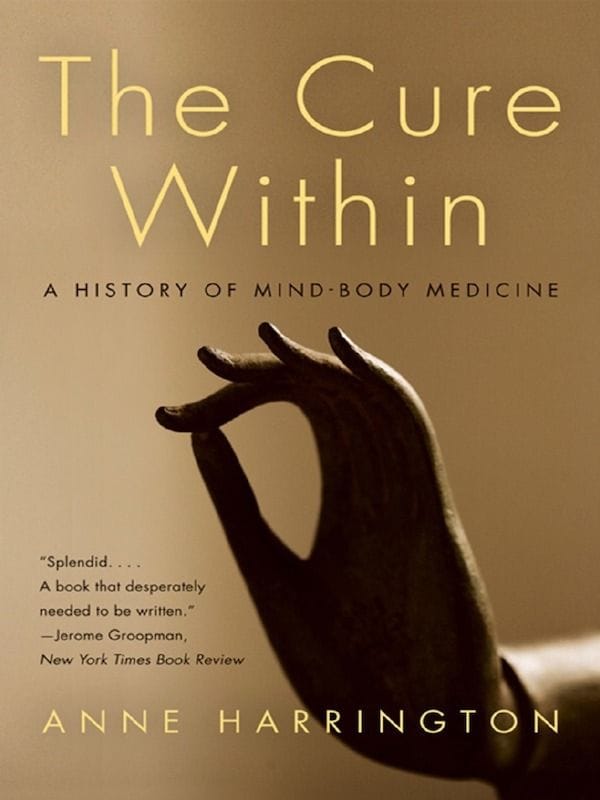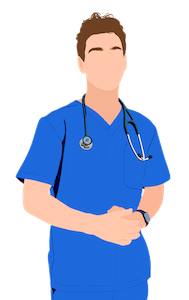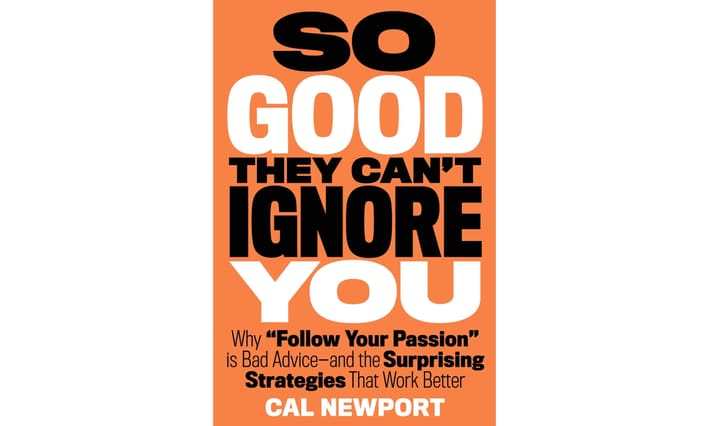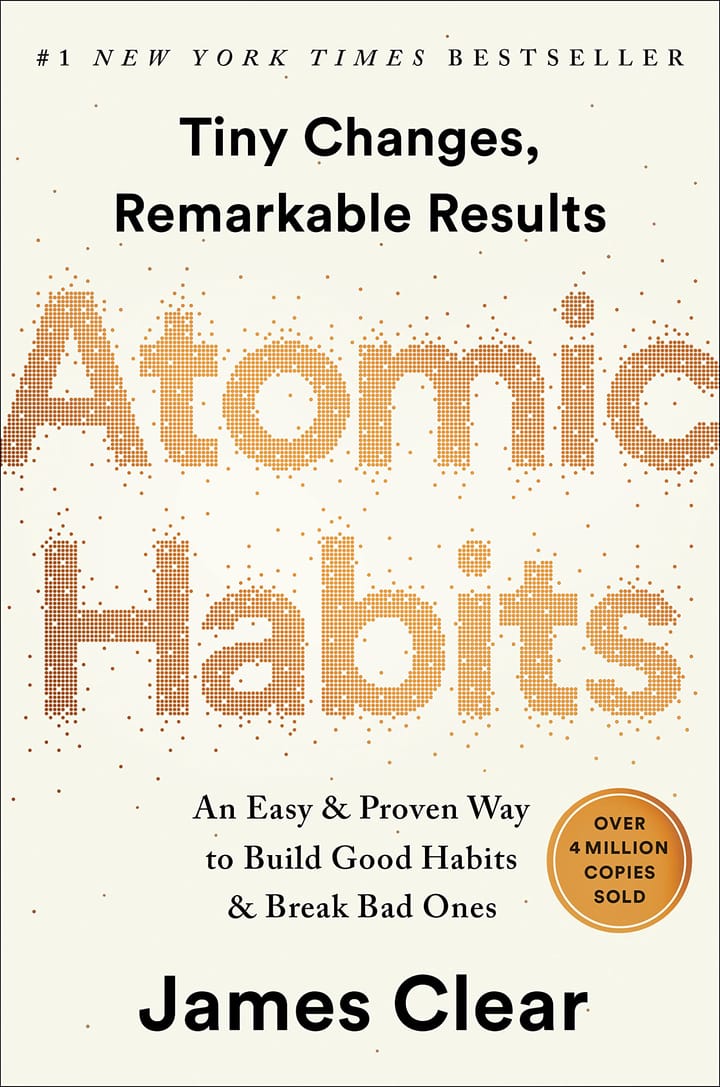The Cure Within: A History of Mind-Body Medicine

Purchase on Amazon, here.
Summary
The Cure Within is the third book written by Anne Harrington, a historian at Harvard University whose subject of research includes History of Medicine, Human Sciences, Medical Humanities, Psychiatry, and Neuroscience. This book spans the history of mind-body medicine from the time of demonic exorcisms in the 17th century to using EEGs to measure Tibetan monk’s brain waves in the 21st. Harrington does a great job creating a flow and telling a story while piecing together events separated by decades.
Harrington prefaces by saying, “I have written this book against a background belief that the body is a genuinely mindful entity. Therefore its experiences are likely to change over time when the ‘rules’ of what counts as acceptable or possible experiences change.”
As the culture evolved throughout history, so did the people’s attitudes towards the healing of their ailments. Based on her studies, Harrington explains how she perceives the history of mind-body medicine as a collective of stories based on one of six narratives, or themes, which changed with the culture. Each chapter follows a single narrative and describes the treatments of the time and how they affected the direction of new research, which then led to the subsequent narrative.
By the end of the book the reader understands that there is still a long way to go for mind-body medicine, despite its progress. Not only that, but the lens through which we understand the subject depends on which of the six narratives that we subscribe to. This makes it difficult to make significant headway when we can't agree on how to approach the subject.
Harrington concludes by saying:
“[It] seems clear to me that the future of mind-body medicine should lie in it's seeking, not finally to escape from it's stories, but to embrace them as part of it's map and part of its territory alike — inextricably part of, and fundamental to, what it is all about.”
Below are some excerpts that I enjoyed from each chapter.
Chapter 1: The Power of Suggestion
- From exorcisms, magnetic bodily fluids, and theatrical healing events, to hypnosis and suggestion.
- “It is not enough to cure the sick; you have to cure them with methods accepted by the community.” - Henri Ellenberger [Page 42]
Chapter 2: The Body That Speaks
- Suggestion was initially used as treatment for hysteria until psychoanalysis became mainstream with the birth of psychosomatic medicine.
- “...When patients’ minds finally found the courage to speak aloud previously resisted or denied truths about their situation their bodies no longer had to speak those truths for them in the form of physical symptoms. In other words, confessing the truth made them well.” - Dr. Sigmund Freud on treatment for hysteria [Page 69]
Chapter 3: The Power of Positive Thinking
- The story begins in Lourdes, France, where a young girl who was believed to be the child of immaculate conception turned a spring into a holy healing site for thousands. The Catholic Church then created a group that would officially determine whether or not divine healing had taken place. Of the thousands who went, only 66 have been deemed ‘divine’, most recently in 1999. This chapter also includes the placebo effect and cancer patients making miraculous recoveries through optimism.
- “[Charcot], once the embodiment of confident nineteenth-century medical reductionism, he now professed himself awed by the psycho-physiological power of faith, a power capable of producing effects on the body beyond the current horizons of medical understanding.” [Page 110]
Chapter 4: Broken by Modern Life
- As men and women acclimate to life post-WWII, health risk factors are discovered to correlate with stress in the workplace and anxiety at home. Walter B. Cannon publishes the results of his famous experiment on the fight-or-flight response, and Hans Selye’s discovery of stress and its consequential physiological effects go mainstream. Scientists attempts to find associations between the Type A personality and cardiovascular disease.
- “‘The secret of health and happiness,’ wrote Seyle, ‘lies in successful adjustment to the ever-changing conditions on this globe; the penalties for failure in the great process of adaptation are disease and unhappiness.’” [Page 151]
Chapter 5: Healing Ties
- Loneliness has a significant effect on physiology. Lack of companionship, togetherness, and even ‘love’ could be detrimental to one’s health. David Spiegel, MD, studies life expectancy in women with cancer after they participated in group therapy sessions.
- “Soon, there seemed to be no real room for doubt: being married, belonging to civic organizations, and belonging to a church were all conducive to healthier and longer life.” [Page 184]
Chapter 6: Eastward Journey
- As the name of the chapter suggests, it’s about how Americans began looking to China, India, and Tibet to understand how meditation, qigong, acupuncture, and other eastern healing techniques affect our physiology.
- “...long term Buddhist practitioners (both monks and laypeople) compared their brain wave activity in meditation to that of a control group of college students inexperienced in meditation. Those practitioners produced gamma waves that were thirty times as strong as the students’.” [Page 241]
My Thoughts & Recommendation
This book was recommended to me by a Family Medicine physician after I described my interests to them. The book helped me realize that there are a variety of different ways one can approach mind-body medicine and how to study it, and that in order to “solve the mind-body puzzle,” one must accept that all approaches (formed by narratives) have at least some merit.
I personally rate it a 4 out 5. It was a good read and I learned a lot, but, at times, I found myself skipping several paragraphs because I was losing interest in the details. I plan to return to this book again in the future to read some of Harrington’s references. Mind-body medicine is a niche subject, so I would only recommend the book to others if they have a genuine interest in the topic.




Comments ()